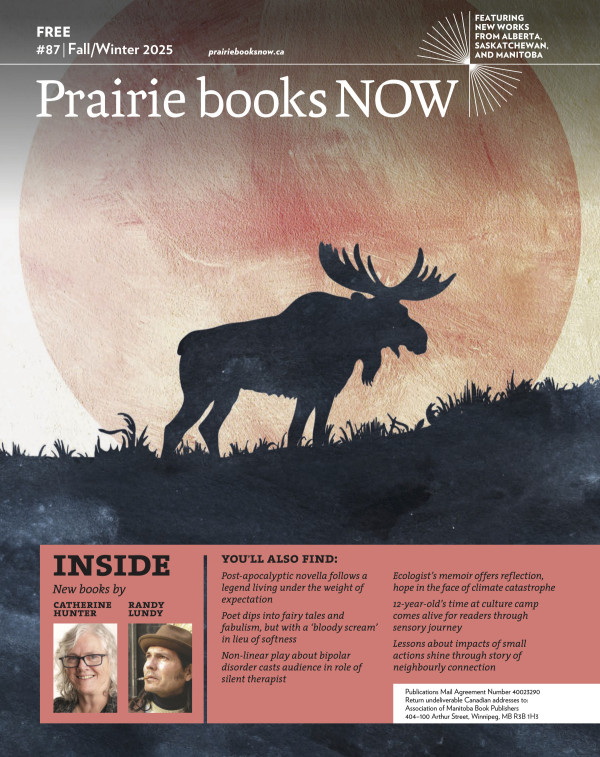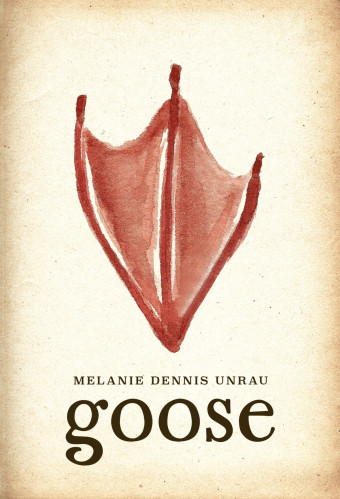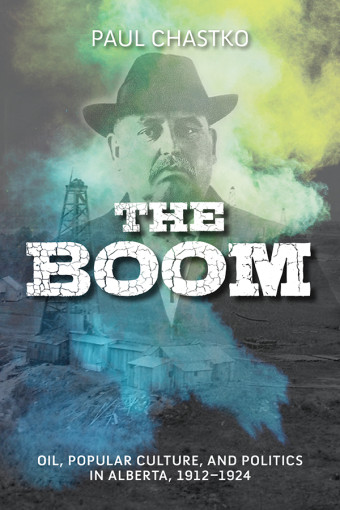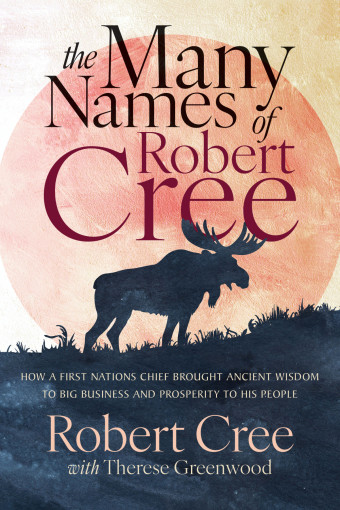“Oh, wow!” “Oh, my gosh!” This is what the Dëne Sųłiné or Chipewyan word eschia means in English. Eschia Books, based in Stony Plain, Alberta, on Treaty 6 territory, is an Indigenous-owned publishing house.
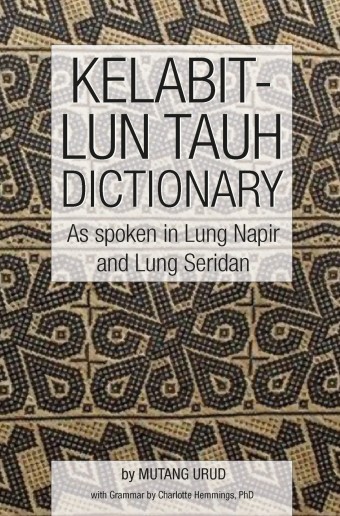
- Kelabit-Lun Tauh Dictionary:
- Mutang Urud
- Eschia Books
- $39.95 pb, 640 pages
- ISBN: 978-1-990321-19-1
Their mandate is to produce books that spark an interest in and encourage an understanding of First Nations, Métis, and Inuit experience and world views. Eschia Books provides a venue for Indigenous writers, especially emerging authors and those who live in isolated areas of Canada.
Eschia’s Cree Mohawk president and owner, Dianne Meili, a print and radio journalist, has friends and acquaintances in most First Nations and Métis communities in Alberta. With the support of knowledgeable and trustworthy language keepers and writers, she has developed Eschia Books as a go-to Indigenous publisher in Alberta, and is nurturing relationships in B.C. and the other Prairie provinces.
Eschia Books was started in 2008 by Kathy van Denderen, a Dëne Sųłiné writer, and the press has proudly published 14 Indigenous-themed titles since then. Meili took over as the new director in late 2013.
Eschia’s backlist includes non-fiction and fiction for young people, such as classroom sets of the fictional Watishka Warriors available to support language and Indigenous studies. The adult fiction available is also noteworthy – Wayne Arthurson’s gritty novel Blood Red Summer was promoted as a top summer read in 2016 by CBC’s Shelagh Rogers.
“We offer fiction and non-fiction that safeguards the history, aspirations, and accomplishments of our people – whether it’s through the story of a Mohawk activist in 1845 Upper Canada, a young Métis woman discovering herself in the Barren Lands of the 1980s, or a feisty spirit who helps his brother solve his murder,” says Meili.
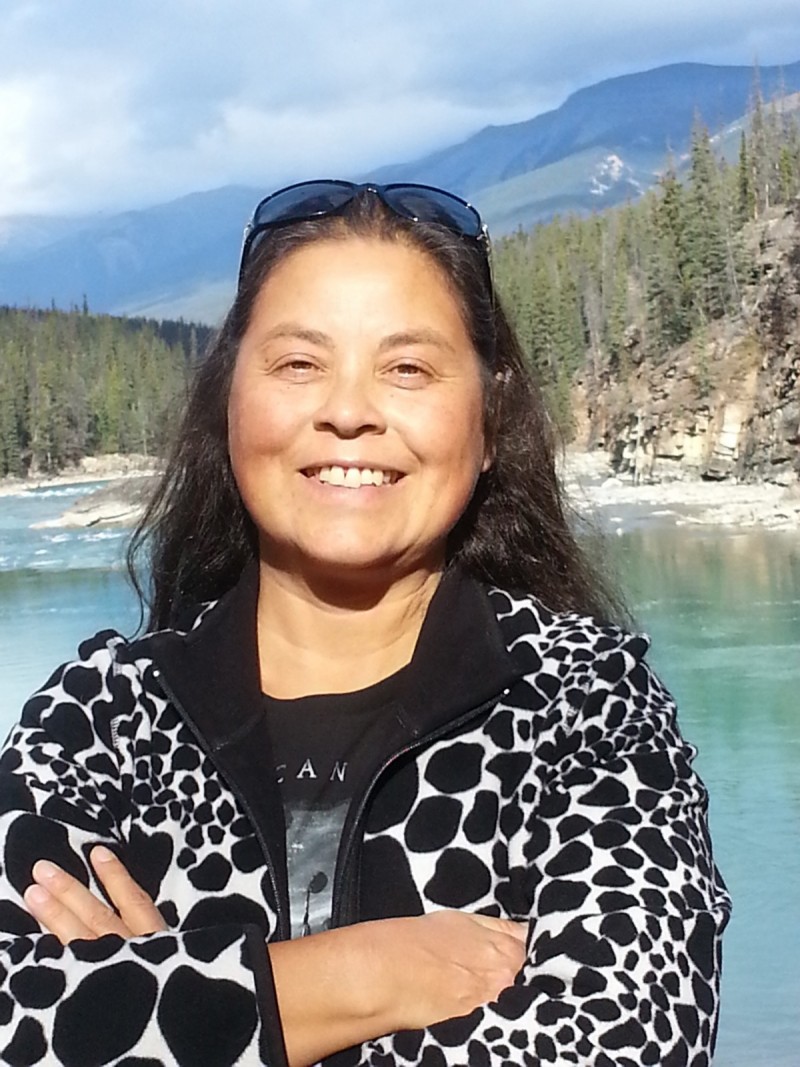
Dianne Meili
The preservation of culture was key to the release of The Little Women’s Lodge Kit by grassroots Cree healer Dr. Darlene Auger in 2019. Illustrated by Nakota/Cree artist Chloe “Bluebird” Mustooch, this kit includes a series of picture books that explore traditional ideas of birth and raising children.
The publisher is currently working on videos that have the author reading the stories in Cree, with text appearing in the foreground and illustrations featured in the background. This resource won the 2020 Learning Book of the Year Award from the Book Publishers Association of Alberta.
In late 2020, Meili was very excited to release Mother Earth Plants for Health and Beauty: Indigenous Plants, Traditions and Recipes by Carrie Armstrong. This beautifully illustrated guide is an Edmonton bestseller and was excerpted in Canadian Wildlife magazine.
Three titles from Alexis Nakota Sioux Nation (ANSN) – small in population but huge in traditional knowledge – were released in 2019 and 2020. Wahogicobi is a children’s board book illustrating kinship terms. Jaysen’s Story and Sunflower’s Story, each written by an ANSN youth, tackle the heartbreaking social problem of suicide among youth in Indigenous communities across North America.
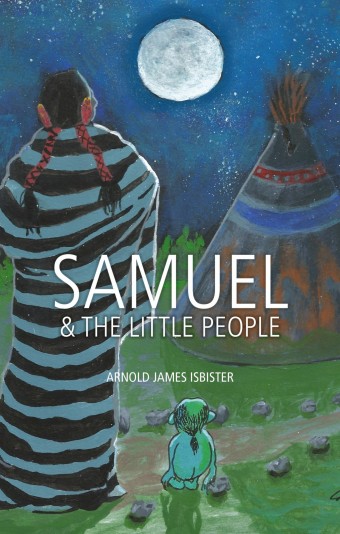
- Samuel and the Little People
- Arnold James Isbister
- Eschia Books
- $14.95 pb, 112 pages
- ISBN: 978-1-990321-09-2
“We strive to ensure these essential narratives assume their well-deserved place in our country’s literary landscape to resonate with Indigenous and non-Indigenous readers alike,” Meili says.
This year, the beginning of The United Nations Decade of Indigenous Languages, sees Eschia Books responding to the need for Indigenous literature and educational materials with titles that present the world views and preserve the languages of First Peoples.
Currently in the works is Kelabit-Lun Tauh Dictionary by Mutang Murud, a work that will help keep a dying language alive.
Also planned for a spring release is Samuel and the Little People, a book that presents the Indigenous world view in an interesting way by featuring Up-See-So Ai-See-Neh-Suk – the Little People who feature in many traditional oral stories.
“The Elders in my book [Those Who Know: Profiles of Alberta’s Native Elders] talked about them many times when I was conducting interviews with them back in the early 1990s,” Meili says, and Arnold Isbister sourced the story from Samuel White Wolf’s journals.
“Writing down the stories of a traditionally oral culture is important to protect them for future generations,” says Meili. “We do so respectfully, guided by our Elders where needed and using Indigenous illustrations whenever possible.”
Meili explains why Eschia Books is so important right now. “In light of recent events such as the finding of unmarked children’s graves at residential schools, the harsh reality of the negative Indigenous experience in Canada is hitting home.
“Settlers ask, ‘What can I do? How can I help make this right?’ and I tell them, ‘Get to know us. Use your privilege to accommodate Indigenous people, and read authentic Indigenous books by Indigenous authors.’”

